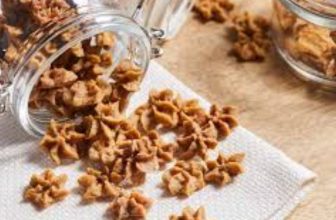Safe Foods for Cats: What’s Good & What to Avoid
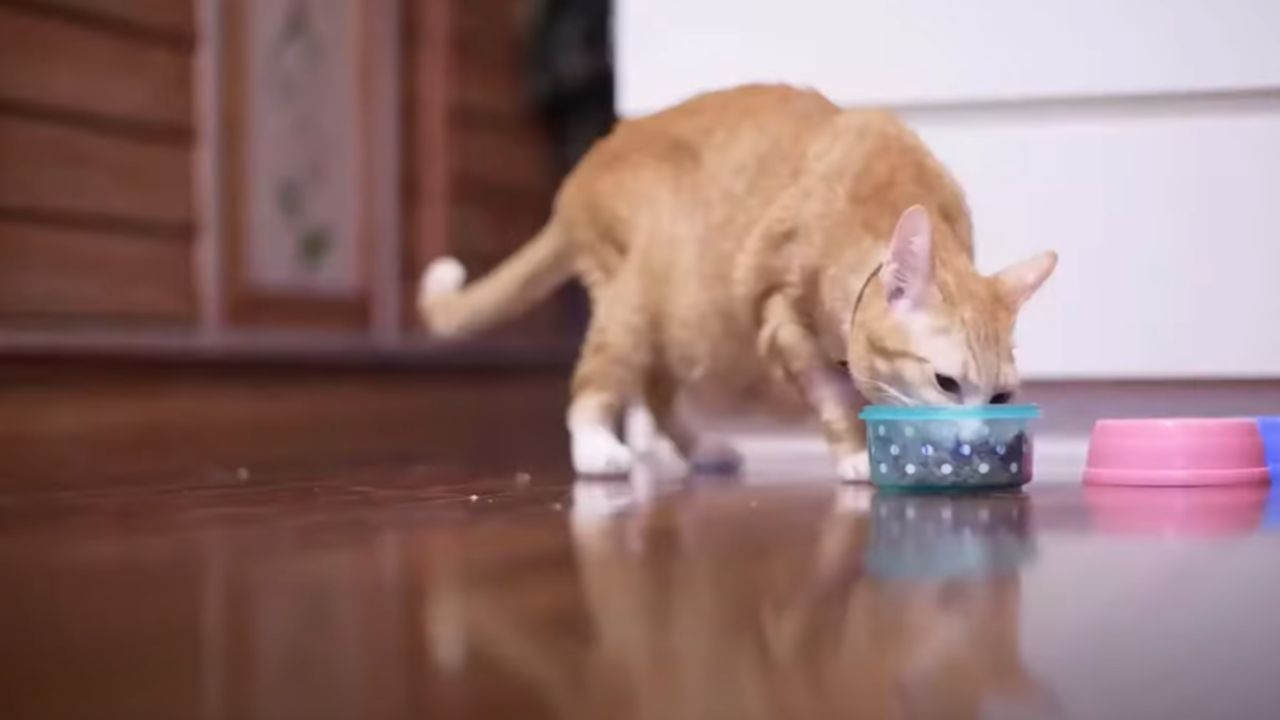
Cats are more than pets; they’re family. Their diet needs careful consideration.
Choosing safe foods for cats ensures their health and happiness. Many cat owners struggle with knowing which foods are safe. This guide will help you navigate the world of feline nutrition. Some human foods are okay for cats, while others can be harmful.
Knowing the difference is crucial. Cats have specific dietary needs that differ from ours. Feeding them the right foods helps prevent health issues and promotes longevity. This article will explore various safe food options for your furry friend. You’ll feel confident in your choices by the end, ensuring your cat lives a healthy life. Let’s dive into what safe foods you can offer your cat.
Introduction To Cat Nutrition
Cats are beloved pets. Their health depends on what they eat. Feeding them safe foods is vital. Cats need specific nutrients to thrive. This guide will help you understand cat nutrition. Let’s explore safe foods for cats.
Importance Of Diet
Diet is crucial for your cat’s health. A balanced diet ensures they get the necessary nutrients. Here are some reasons why diet is important:
- Energy: Proper food gives energy for daily activities.
- Growth: Supports growth and development.
- Immune System: Helps fight diseases.
- Healthy Weight: Prevents obesity and related issues.
Some safe foods for cats include:
| Food | Benefits |
|---|---|
| Chicken | High in protein |
| Fish | Rich in omega-3 fatty acids |
| Carrots | Good for vision |
| Rice | Easy to digest |
Always ensure foods are cooked and unseasoned. Raw food can be harmful. Avoid foods with spices or additives.
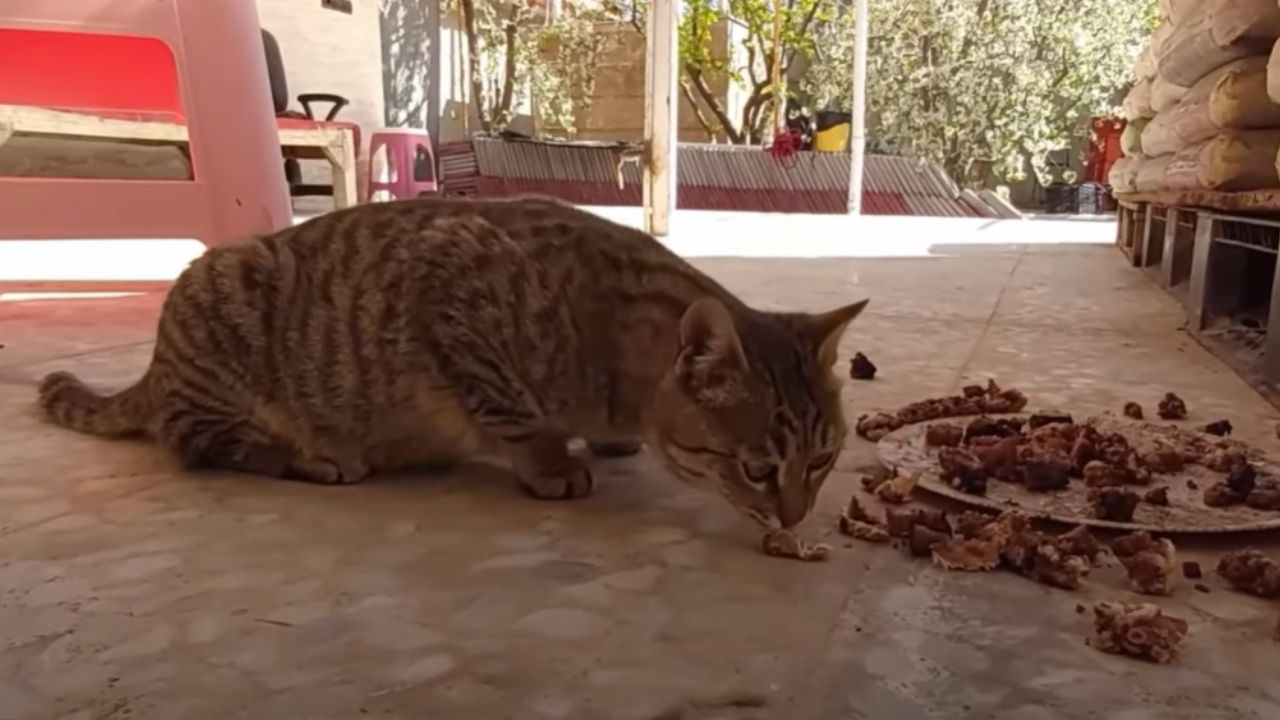
Common Misconceptions
Many myths surround cat nutrition. It’s important to know the facts. Here are some common misconceptions:
- Cats can eat anything: Not true. Some foods can be toxic.
- Milk is good for cats: Many cats are lactose intolerant.
- The vegetarian diet is okay: Cats need meat for essential nutrients.
- Human food is safe: Not always. Some human foods can harm cats.
Understanding these misconceptions helps in feeding your cat properly. Always consult a vet before making changes to your diet. This ensures their health and well-being.
Fruits For Felines
Cats are curious creatures, often interested in what their human friends are eating. While it’s tempting to share our food, not all human foods are safe for cats. It’s important to know which foods are safe and beneficial for your feline friend. Among various foods, some fruits can be a healthy treat for cats. Understanding which fruits are safe and how to prepare them can ensure your cat enjoys a tasty and nutritious snack.
Safe Fruits
Cats can enjoy a variety of fruits in moderation. Here are some fruits that are safe for felines:
- Apples: Remove seeds and core. Cut into small pieces.
- Bananas: High in potassium. Serve in small slices.
- Blueberries: Rich in antioxidants. Offer a few at a time.
- Watermelon: Remove seeds and rind. Great for hydration.
- Strawberries: Wash thoroughly. Cut into small pieces.
Fruits should be given in small amounts. They are treats, not meal replacements. Always monitor your cat when introducing new foods. Some cats may have allergies or sensitivities. If unsure, consult your vet.

Preparation Tips
Proper preparation of fruits ensures they are safe for your cat. Here are some tips:
- Wash Thoroughly: Clean all fruits to remove pesticides and dirt.
- Remove Seeds and Pits: Seeds and pits can be toxic. Always remove them.
- Cut into Small Pieces: Small pieces are easier to eat and digest.
- Serve Fresh: Fresh fruits are more nutritious. Avoid canned fruits with added sugars.
- Moderation is Key: Fruits should be an occasional treat, not a regular part of the diet.
Introducing fruits to your cat’s diet can be fun and healthy. Follow these tips to ensure a safe and enjoyable experience for your feline friend.
Vegetable Cats Can Eat
Providing the right food for your cat is crucial for their health. Some vegetables can be a safe and healthy addition to their diet. This blog post covers vegetables cats can eat and how to serve them.
Beneficial Veggies
Certain vegetables are safe and even beneficial for cats. Carrots are a great option. They are rich in vitamins and fiber. Peas are another good choice. They contain protein and essential minerals.
Pumpkin is known for aiding digestion. It can help with both diarrhea and constipation. Green beans are low in calories and high in fiber. They are great for maintaining a healthy weight.
Here is a summary of beneficial veggies:
| Vegetable | Benefits |
|---|---|
| Carrots | Rich in vitamins, good for vision |
| Peas | High in protein and minerals |
| Pumpkin | Aids in digestion |
| Green Beans | Low in calories, high in fiber |
Serving Suggestions
When giving vegetables to your cat, make sure they are cooked. Raw vegetables can be hard to digest. Steaming is the best method. It retains most of the nutrients.
Cut the vegetables into small pieces. This makes it easier for your cat to eat and digest them. You can mix the veggies with their regular food. Start with small amounts to see if your cat likes it.
Here are some serving tips:
- Cooked and mashed carrots can be mixed with regular food.
- Peas can be steamed and added in small amounts.
- Puree pumpkin and mix it with their wet food.
- Chop green beans into small pieces and mix with dry food.
Avoid adding salt or spices. These can be harmful to cats. Always introduce new foods slowly. This helps avoid any digestive issues.
Meat Choices
Cats are natural carnivores. They need meat to stay healthy. Meat is full of protein and other nutrients. These help cats grow strong. It is important to know which meats are safe. This guide will help you choose the best meat for your cat.
Cooked Meat Options
Cooked meat is a safe choice for cats. It kills harmful bacteria. Some good options include:
- Chicken: Skinless and boneless.
- Turkey: Skinless and boneless.
- Beef: Lean cuts like sirloin.
- Fish: Salmon and tuna, cooked and deboned.
These meats should be plain. No seasoning, salt, or onions. These can be harmful to cats. Cooked meat should be cut into small pieces. This helps cats eat easily. Always serve meat at room temperature. It should not be too hot or cold.
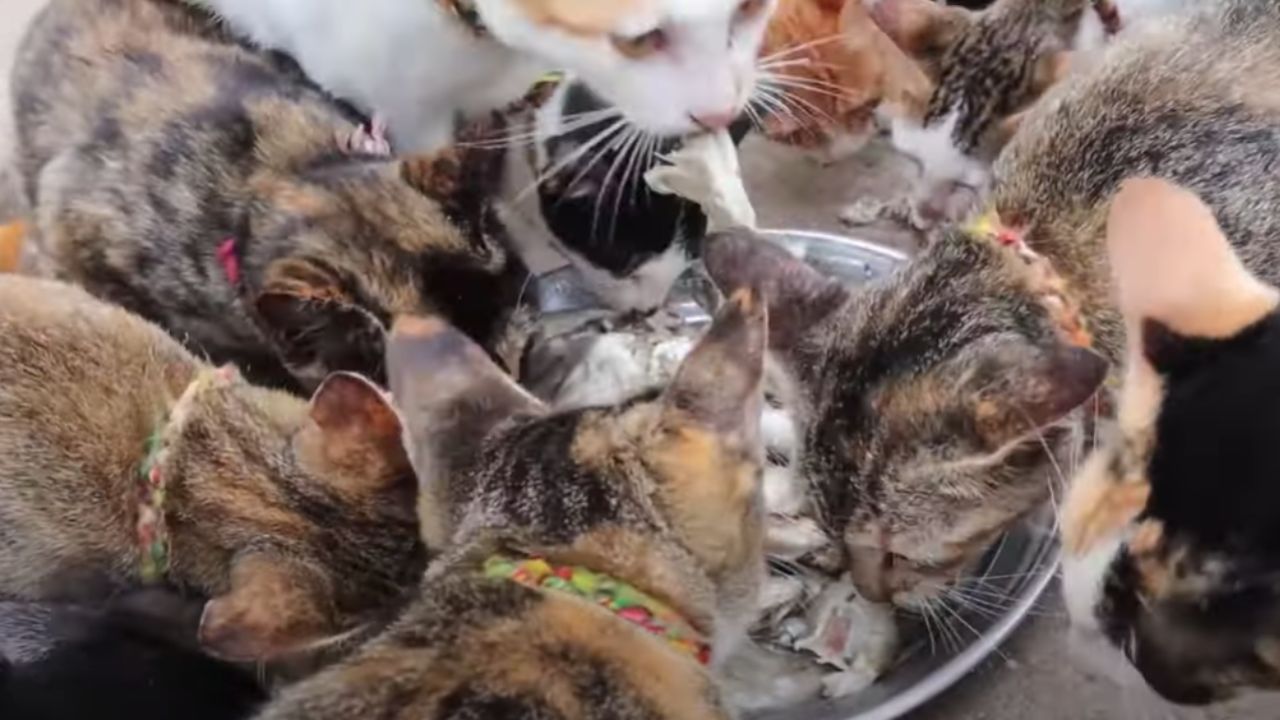
Raw Diet Considerations
Some cat owners prefer a raw diet. This includes raw meat, organs, and bones. It is closer to a cat’s natural diet. But, it has risks. Raw meat can contain harmful bacteria. This can make cats sick. It is important to handle raw meat carefully.
Here are some tips:
- Always buy fresh meat.
- Freeze meat for at least three days. This kills parasites.
- Thaw meat in the fridge, not on the counter.
- Clean all surfaces and tools after use.
Raw diets need balance. Too much liver can cause vitamin A toxicity. Not enough calcium can weaken bones. Talk to a vet before starting a raw diet. They can help you create a balanced meal plan for your cat.
Grains And Carbs
Cats are curious creatures who love to explore. Their diet needs special care. Not all foods are safe for them. Grains and carbs can be a part of their diet. But only certain types are safe. This guide will help you understand what grains are safe and the potential risks.
Safe Grains
Some grains are safe for cats to eat. These grains can provide energy and nutrients. It’s important to cook them well. Here are some examples:
- Rice: Cooked white or brown rice is safe. It can help with digestive issues.
- Oats: Oats are rich in fiber. They are also easy to digest.
- Barley: Cooked barley can be a good option. It is full of vitamins and minerals.
- Corn: Many cat foods contain corn. It is safe in small amounts.
These grains should be given in moderation. They should not replace a cat’s regular diet. Always consult your vet before making changes to your cat’s food. Ensure grains are free from additives and spices.
Potential Risks
Feeding grains to cats can have risks. Some cats may be allergic. Symptoms include:
- Itchy skin
- Vomiting
- Diarrhea
Grains should be a small part of their diet. Too many carbs can cause obesity. Cats need more protein and fewer carbs. Here are some risks to consider:
| Risk | Description |
|---|---|
| Allergies | Some grains can cause allergic reactions. |
| Obesity | High-carb diets can lead to weight gain. |
| Diabetes | Too many carbs can increase the risk of diabetes. |
| Digestive Issues | Some grains can cause stomach upset. |
It’s important to monitor your cat’s health. If you notice any issues, stop the grains and visit your vet. Always choose high-quality grains. Avoid processed foods with fillers.
Dairy Products
Cats are beloved pets and part of many families. Their diet plays a big role in their health. While cats are often seen drinking milk, it’s important to know which dairy products are safe. This blog will help you understand which dairy foods are good and which ones to avoid.
Safe Dairy
Some dairy products are safe for cats in small amounts. These include:
- Plain yogurt: Contains less lactose than milk. Small servings are fine.
- Hard cheeses: Cheddar and Swiss have less lactose. Safe in tiny amounts.
- Cottage cheese: Low in lactose. Can be given occasionally.
These dairy items should be given as treats, not meals. Always keep portions small to avoid upsetting their stomach. Watch for any signs of discomfort. If your cat shows any reaction, stop the dairy immediately.
Lactose Intolerance
Many cats are lactose intolerant. This means they cannot digest lactose, the sugar in milk. Common signs of lactose intolerance include:
- Diarrhea
- Vomiting
- Stomach pain
- Gas
If your cat shows these symptoms after eating dairy, they may be lactose intolerant. It’s best to avoid giving them any dairy products.
Here is a quick comparison of symptoms and safe dairy:
| Symptom | Safe Dairy |
|---|---|
| Diarrhea | Plain yogurt |
| Vomiting | Hard cheese |
| Stomach pain | Cottage cheese |
| Gas | None of the symptoms are present |
Understanding lactose intolerance helps you choose the right foods for your cat. Always observe their reaction to new foods. Your cat’s health depends on the choices you make.
Treats And Snacks
Knowing what foods are safe for cats is important for their health. Cats have specific dietary needs. Offering the right treats and snacks can make them happy and healthy. This guide will help you choose safe and nutritious options for your feline friend.
Healthy Treats
Choosing healthy treats for your cat is essential. Some human foods are suitable for cats, while others are not. Here are some safe options:
- Cooked chicken: A great source of protein. Make sure it is plain and boneless.
- Cooked fish: Rich in omega-3 fatty acids. Avoid seasonings and bones.
- Plain scrambled eggs: An excellent protein source. Cook without butter or oil.
- Small amounts of cheese: Many cats enjoy it. Ensure it is in moderation.
- Carrots and green beans: These vegetables can be given cooked and plain.
These treats can be given occasionally. Avoid overfeeding them. Always introduce new foods slowly. Observe for any adverse reactions.
Some foods to avoid include:
- Chocolate
- Onions
- Garlic
- Grapes and raisins
- Alcohol
These can be toxic to cats. Always check with your vet before introducing new treats.
Portion Control
Portion control is crucial when offering treats. Overfeeding can lead to obesity and health issues. Keep treats to a minimum. They should not replace regular meals. Follow these guidelines for portion control:
| Cat Weight | Max Treats per Day |
|---|---|
| Up to 5 lbs | 1-2 small treats |
| 5-10 lbs | 2-3 small treats |
| 10-15 lbs | 3-4 small treats |
| 15+ lbs | 4-5 small treats |
These guidelines help maintain a healthy weight. Always consider your cat’s activity level. More active cats may need slightly more treats. Less active cats need fewer treats.
Remember to balance treats with regular food. Cats need a complete diet. Treats should only be a small part of it. Monitor your cat’s weight and adjust portions as needed. Always provide fresh water with treats.
Foods To Avoid
Cats are curious eaters. They often nibble on anything they find. But not all foods are safe for them. It’s important to know which foods to avoid. This helps keep your feline friend healthy and happy.
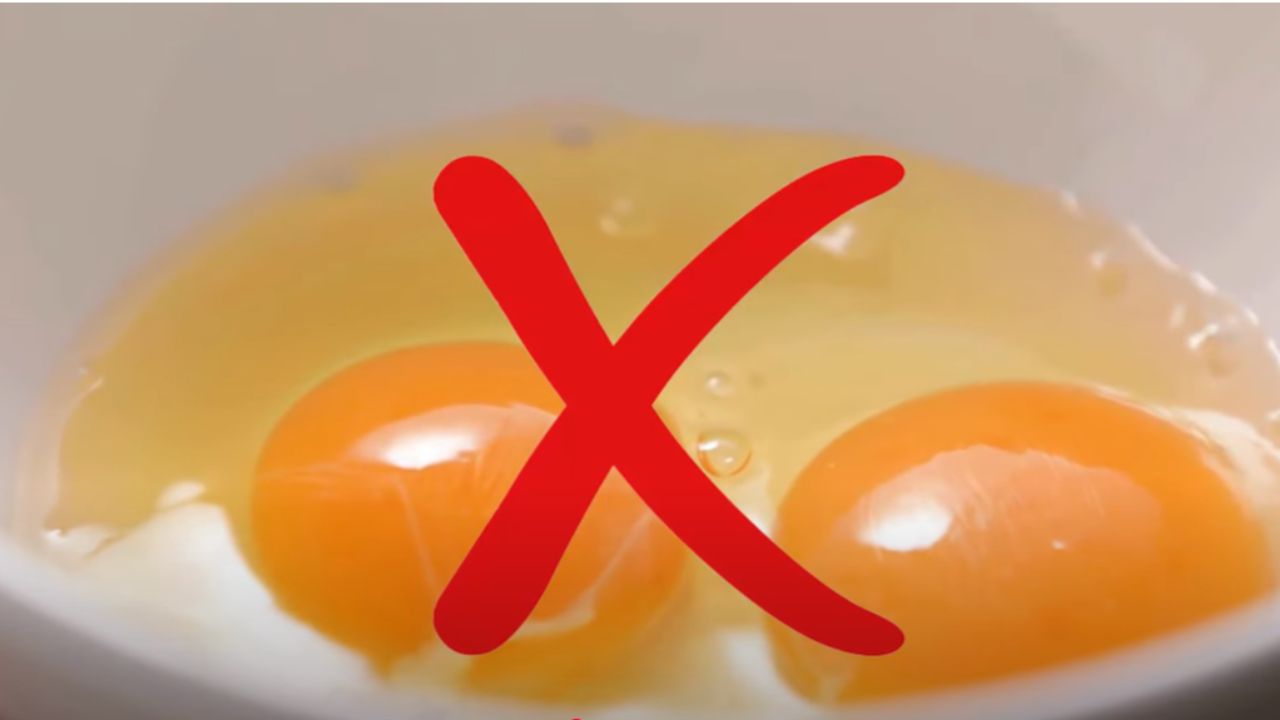
Toxic Foods
Several foods are toxic to cats. These can cause serious health problems. Some common toxic foods include:
- Chocolate: Contains theobromine, which is toxic to cats.
- Onions and Garlic: Can damage red blood cells.
- Grapes and Raisins: Can cause kidney failure.
- Alcohol: Even a small amount can be dangerous.
- Caffeine: Found in tea, coffee, and some sodas.
These foods should be kept out of reach. Even small amounts can be harmful. Always check labels before feeding your cat human food.
Here’s a quick table summarizing the toxic foods and their effects:
| Food | Harmful Effect |
|---|---|
| Chocolate | Theobromine poisoning |
| Onions and Garlic | Red blood cell damage |
| Grapes and Raisins | Kidney failure |
| Alcohol | Intoxication, coma |
| Caffeine | Restlessness, rapid breathing |
Signs Of Poisoning
It’s crucial to recognize the signs of poisoning in cats. Early detection can save lives. Common symptoms include:
- Vomiting: Frequent or severe vomiting is a red flag.
- Diarrhea: Persistent diarrhea can indicate poisoning.
- Drooling: Excessive drooling may signal a problem.
- Seizures: Sudden, uncontrolled movements are serious.
- Difficulty breathing: Labored breathing requires immediate attention.
Behavioral changes can also be a sign. Watch for lethargy or hyperactivity. If you notice any of these signs, seek veterinary help immediately. It’s better to be safe than sorry.
Knowing the signs can make a big difference. Prompt action can prevent severe health issues. Always keep emergency vet numbers handy.
Frequently Asked Questions
Q1: What Is The Safest Thing To Feed Cats?
A1: Feed cats high-quality commercial cat food. It provides balanced nutrition. Include wet and dry food. Avoid raw meat, bones, and dairy. Ensure fresh water daily.
Q2: What Human Food Can I Give My Cat Instead Of Cat Food?
A2: You can give your cat cooked lean meats like chicken, turkey, or beef. Small amounts of plain, cooked fish or scrambled eggs are also safe. Avoid seasoning, bones, and dairy products. Always consult your vet before changing your cat’s diet.
Q3: Why Can’t Cats Eat Cooked Chicken?
A3: Cats can eat cooked chicken, but it should be plain and unseasoned. Avoid bones and fatty parts to prevent health issues.
Q4: What Are You Not Allowed To Feed Cats?
A4: Do not feed cats chocolate, onions, garlic, grapes, raisins, alcohol, caffeine, raw eggs, bones, or dog food. These can harm them.
Q5: What Fruits Are Safe For Cats?
A5: Small amounts of apples, bananas, and blueberries are safe for cats. Avoid citrus fruits.
Conclusion
Feeding your cat safe foods is crucial. It ensures they stay healthy. Always choose fresh, high-quality options. Avoid foods that are toxic to cats. Your cat’s diet impacts their overall well-being. Consult your vet for specific dietary needs. Simple, safe choices make a big difference.
A happy cat equals a happy home. Keep these tips in mind. Your furry friend will thank you.





